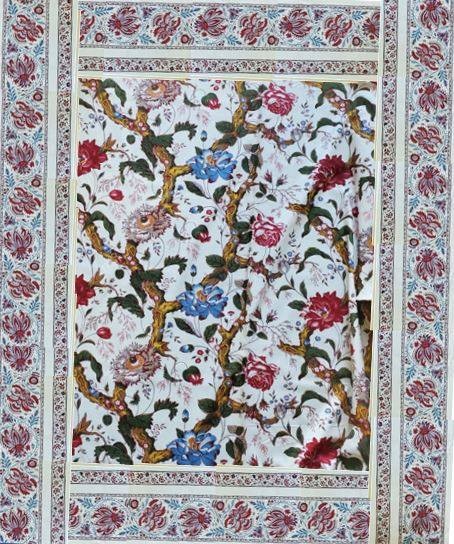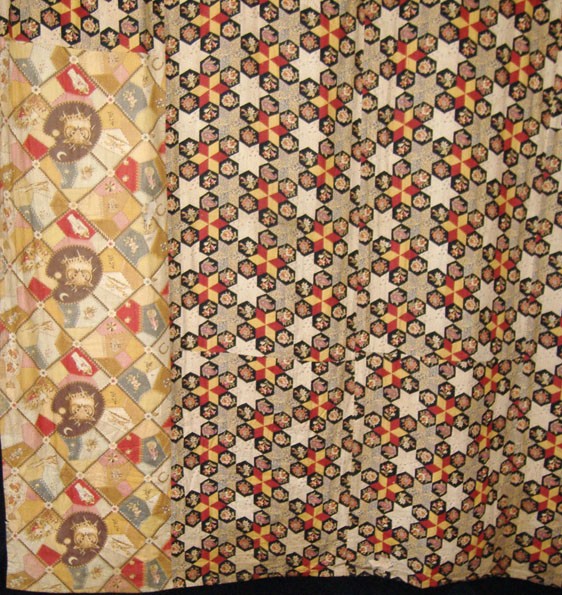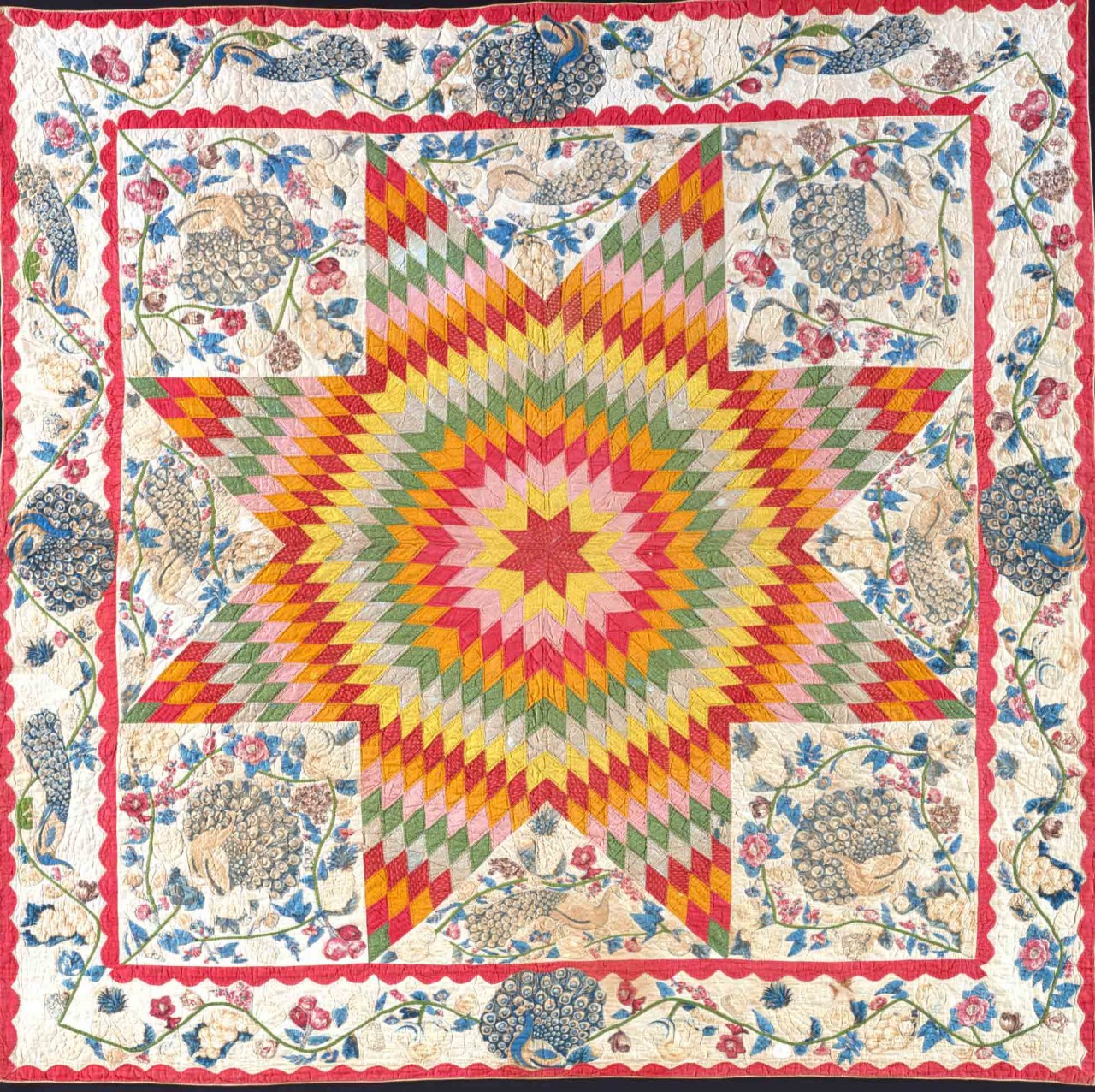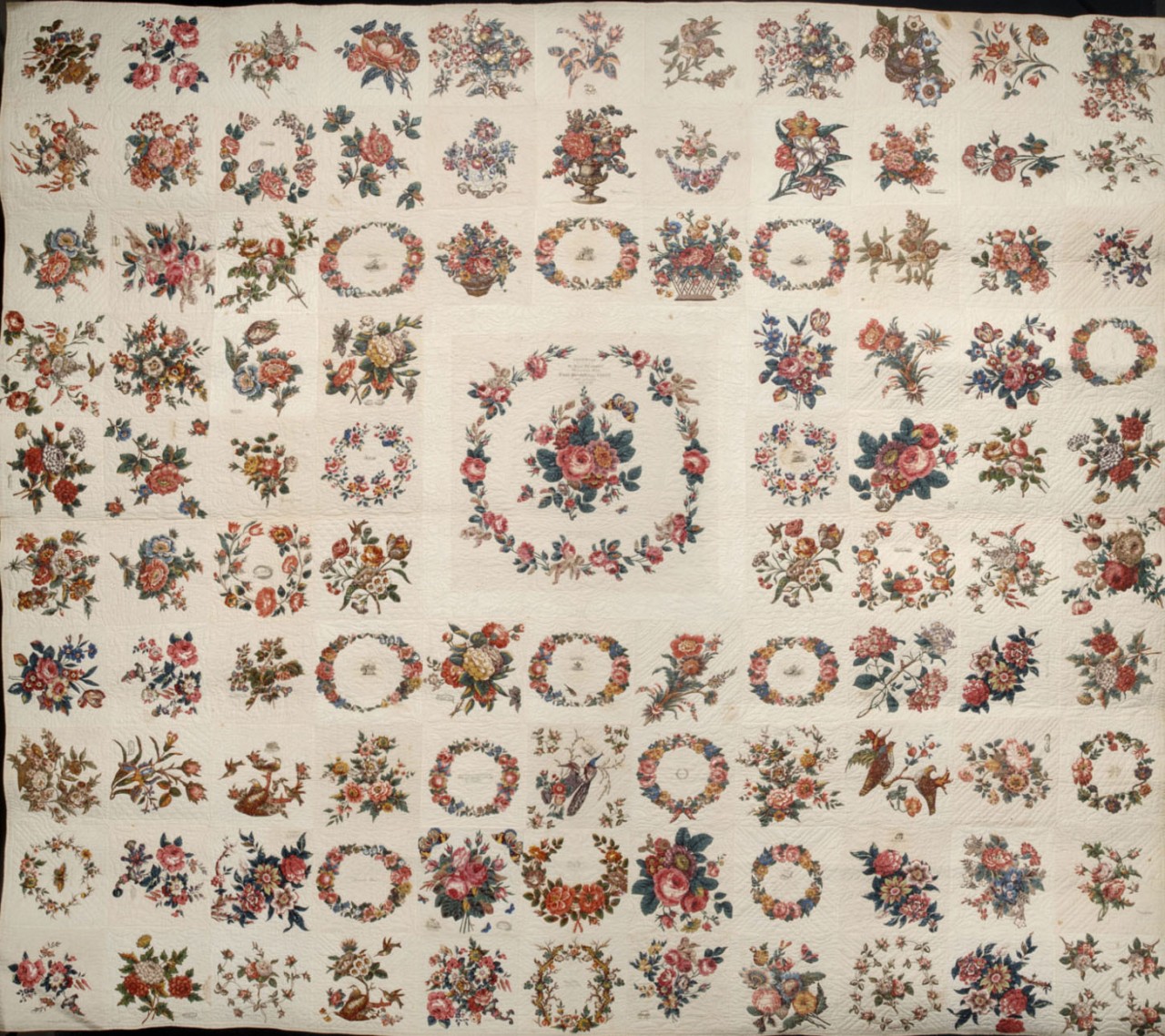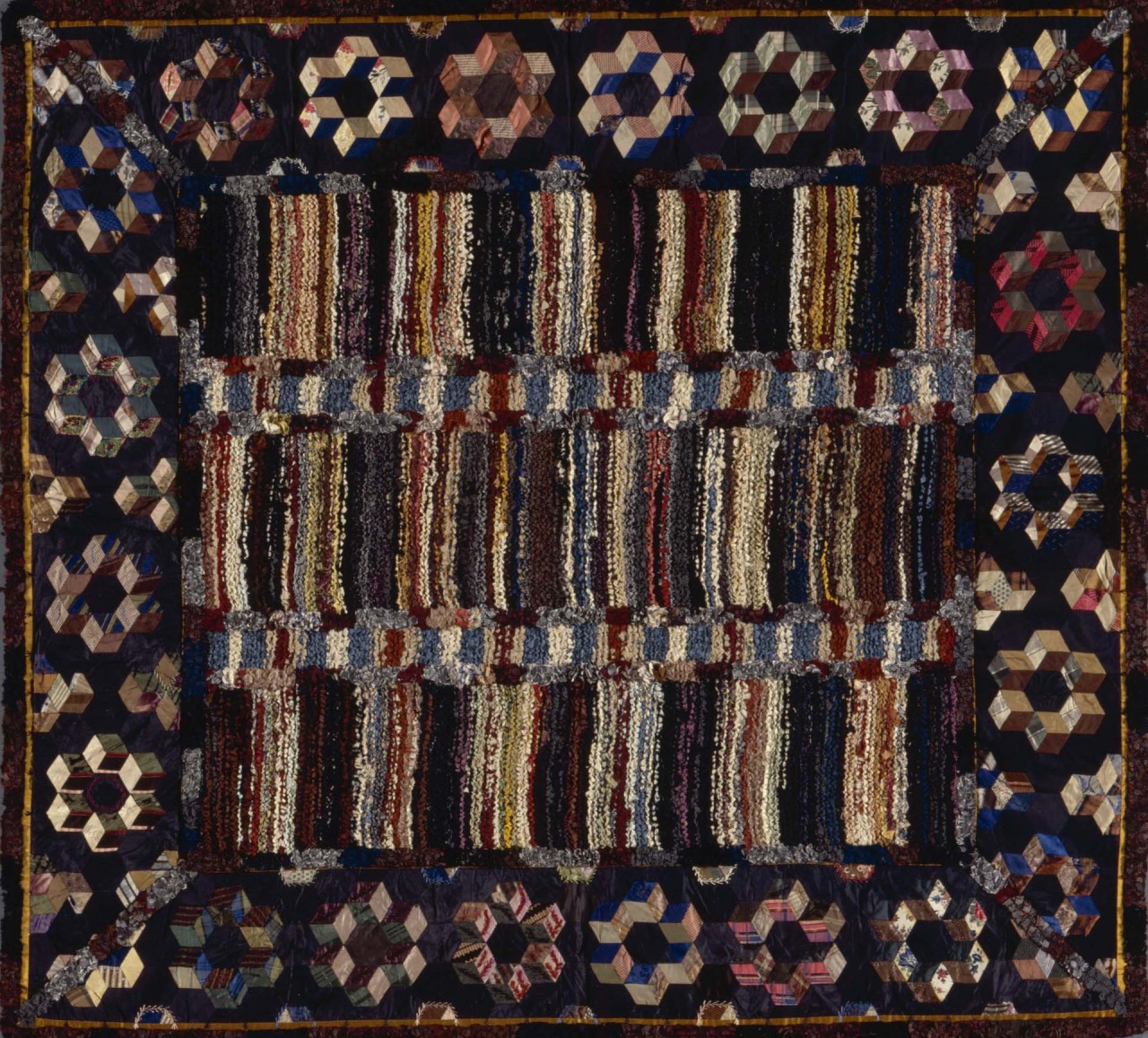
One of the joys in quilting are the many techniques and choices to make. You can take a taste of all or focus on a few; it is whatever makes your heart sing as you create your art. I love what is commonly known as English Paper Piecing. (I’m still advocating for the name “Italian Paper Piecing” since the oldest known example of paper piecing is the Imprunetta cushion from the 15th century. If you’d like to see the pillow, here is a link to the blog about it.) So far, the Triplett Sisters have done 3 Block of the Months: 1856 Huguenot Friendship Quilt, The Wedding Quilt, and Bird in a Lace Cage. (We called them Block of the Month’s because we focus on a block every month, but everyone is encouraged to work at...


